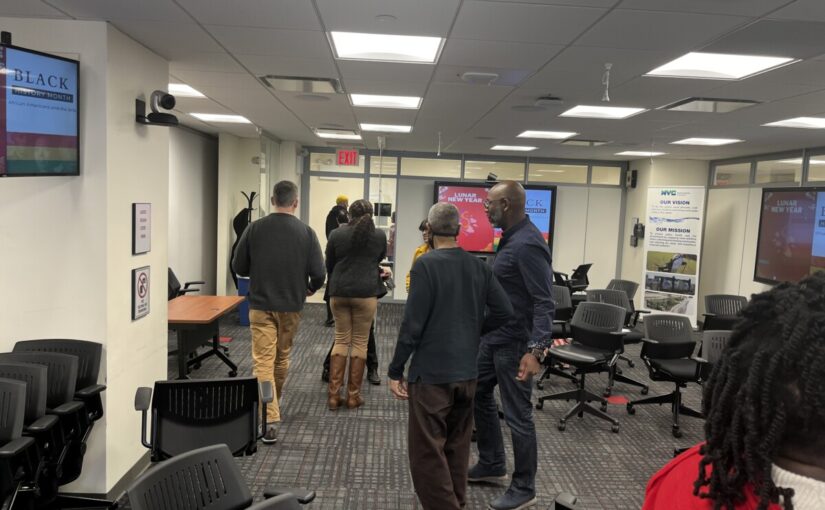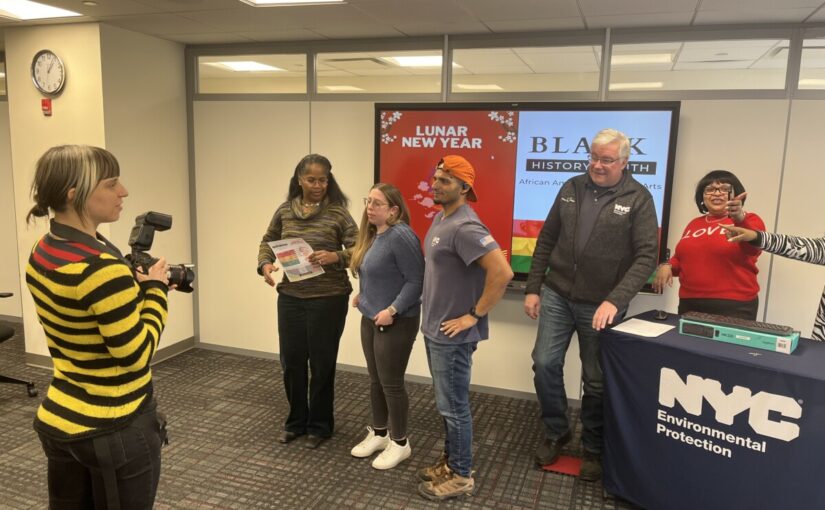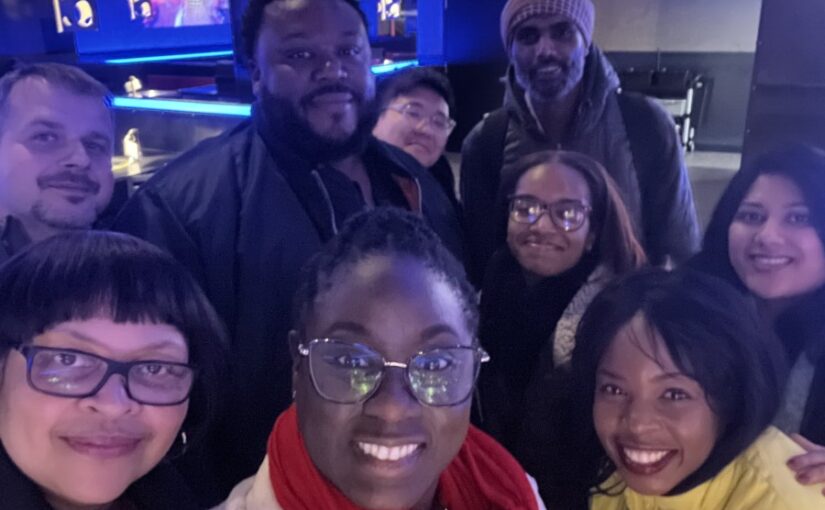Navigating the Corporate Landscape: Unlocking Growth through Teamwork in the Office
Embarking on a career within a company’s office environment is a journey filled with opportunities for personal and professional growth. One of the key pillars that supports this journey is the importance of teamwork. In this blog post, we will explore the myriad benefits of working within a team and how it contributes to individual development, career advancement, and the overall success of both employees and the organization.
1. Skill Diversification: Joining a company’s office environment exposes individuals to a diverse range of skills and expertise. Working in teams allows employees to leverage the strengths of their colleagues, fostering a culture of skill diversification. This exposure not only broadens one’s knowledge base but also facilitates the acquisition of new skills.
2. Accelerated Learning Curve: Teamwork often results in an accelerated learning curve. Interacting with colleagues who possess varying levels of experience and expertise provides valuable insights. Learning from the experiences of others allows individuals to adapt more quickly to the demands of their roles and industry trends.
3. Professional Networking: Collaboration within a team facilitates professional networking. Building relationships with colleagues and superiors creates a support system that extends beyond immediate work tasks. Networking within the office environment opens doors to mentorship opportunities, career advice, and even potential career advancements.
4. Effective Problem-Solving: The collaborative nature of teamwork enhances problem-solving skills. In an office setting, challenges are inevitable, and the ability to collectively tackle problems is a valuable asset. Through brainstorming sessions, collaboration, and open communication, employees develop effective problem-solving strategies that contribute to both personal and team success.
5. Increased Productivity and Efficiency: Teamwork is a catalyst for increased productivity and efficiency. By working together, tasks are distributed based on individual strengths and expertise, streamlining processes and accelerating project timelines. This collective effort not only benefits the team but also contributes to individual accomplishments and career advancement.
6. Leadership Development: Participating in team projects fosters leadership development. Whether leading a small group or contributing as a team member, individuals gain insights into effective leadership styles, communication strategies, and decision-making processes. These experiences lay the foundation for personal growth and advancement within the corporate hierarchy.
7. Adaptability and Resilience: Teamwork in an office environment cultivates adaptability and resilience. Exposure to diverse perspectives and working styles helps individuals navigate different challenges. This adaptability is a key attribute in a rapidly evolving professional landscape, contributing to long-term career success.
Conclusion: In the corporate realm, the journey of working within an office environment is enriched by the collaborative spirit of teamwork. The skills acquired, the knowledge gained, and the relationships formed contribute to a robust foundation for personal and professional growth. Embracing the importance of teamwork unlocks doors to accelerated learning, effective problem-solving, and leadership development, fostering an environment where both individuals and the organization can thrive.











